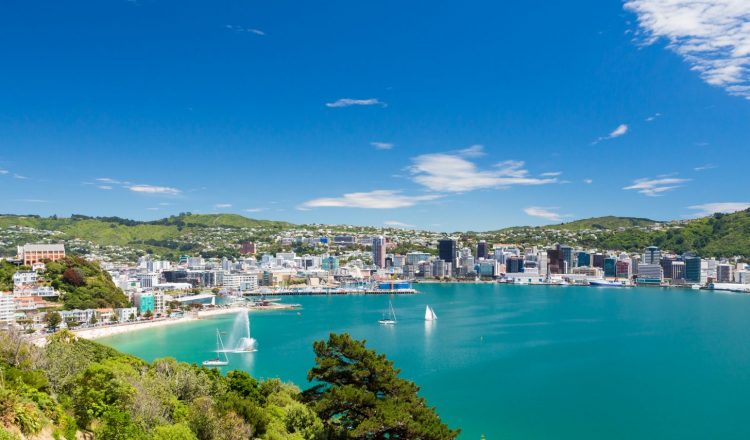Better life
There is more to life than the cold numbers of GDP and economic statistics – the OECD Better Life Index allows you to compare well-being across countries, based on 11 topics the OECD has identified as essential, in the areas of material living conditions and quality of life.
New Zealand performs well in many measures of well-being relative to most other countries in the Better Life Index. New Zealand ranks above the average in health status, income and wealth, environmental quality, personal security, civic engagement, housing, subjective well-being, education and skills, jobs and earnings, and social connections but below average in work-life balance. These rankings are based on available selected data.
Money, while it cannot buy happiness, is an important means to achieving higher living standards. In New Zealand, the average household net-adjusted disposable income per capita is lower than the OECD average of USD 33 604 a year.
In terms of employment, 77% of people aged 15 to 64 in New Zealand have a paid job, above the OECD employment average of 68%. Some 82% of men are in paid work, compared with 72% of women. In New Zealand, 15% of employees work very long hours, more than the OECD average of 11%, with 21% of men working very long hours compared with 9% of women.
Good education and skills are important requisites for finding a job. In New Zealand, 79% of adults aged 25-64 have completed upper secondary education, sightly above the OECD average of 78%. This is slightly truer of women than men, as 78% of men have successfully completed high-school compared with 79% of women. In terms of the quality of its educational system, the average student scored 506 in reading literacy, maths and science in the OECD’s Programme for International Student Assessment (PISA). This score is higher than the OECD average of 486. On average in New Zealand, girls outperformed boys by 6 points, wider than the average OECD gap of 2 points.
In terms of health, life expectancy at birth in New Zealand is 82 years, two years higher than the OECD average of 80 years. Life expectancy for women is 83 years, compared with 80 for men. The level of atmospheric PM2.5 – tiny air pollutant particles small enough to enter and cause damage to the lungs – is 4.9 micrograms per cubic meter, considerably lower than the OECD average of 13.9 micrograms per cubic meter. New Zealand also does well in terms of water quality, as 89% of people say they are satisfied with the quality of their water, higher than the OECD average of 81%.
Concerning the public sphere, there is a strong sense of community and high levels of civic participation in New Zealand, where 96% of people believe that they know someone they could rely on in time of need, more than the OECD average of 89. Voter turnout, a measure of citizens’ participation in the political process, was 80% during recent elections, higher than the OECD average of 68%. Voter turnout for the top 20% of the population is an estimated 97%, whereas the participation rate of the bottom 20% is an estimated 85%. This difference is slightly narrower than the OECD average difference of 13 percentage points.
In general, New Zealanders are more satisfied with their lives than the OECD average. When asked to rate their general satisfaction with life on a scale from 0 to 10, New Zealanders gave it a 7.3 grade on average, higher than the OECD average of 6.5.
To know more about New Zealand’s Better Life Index (external link)

















































